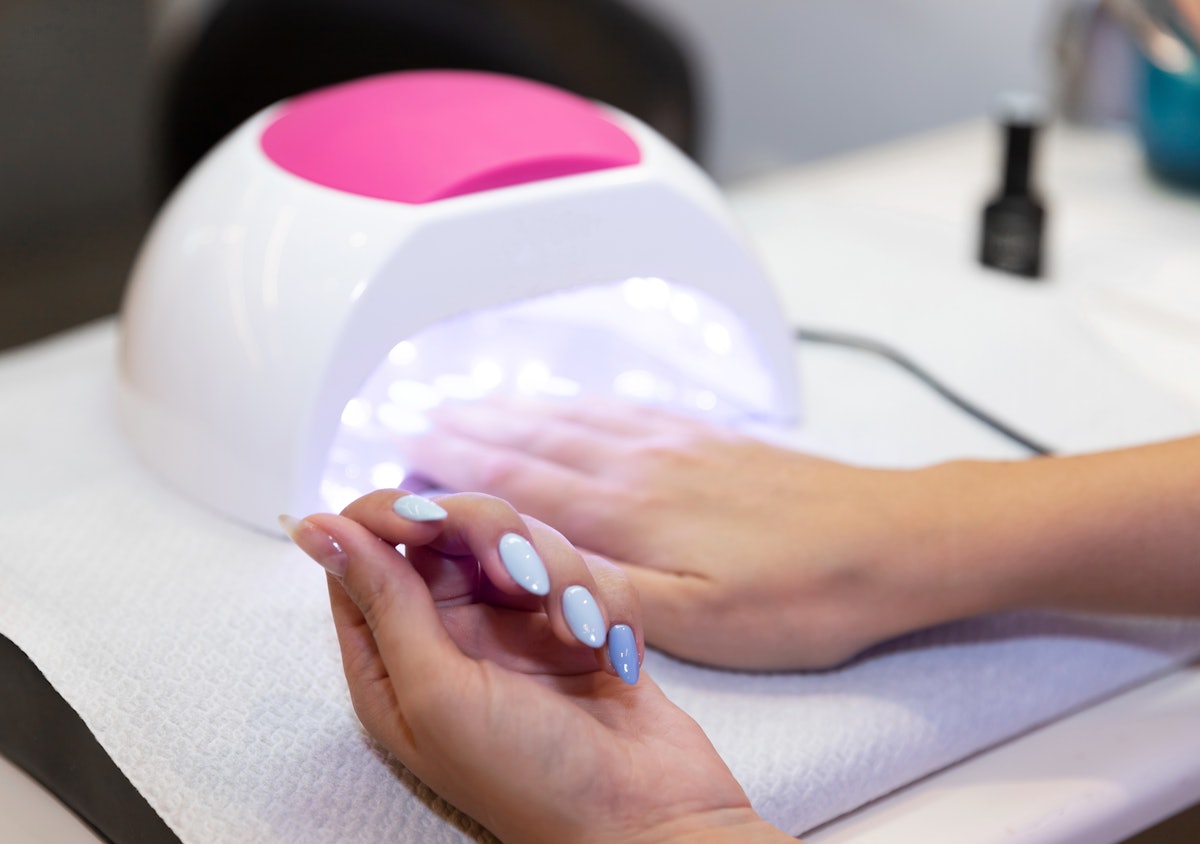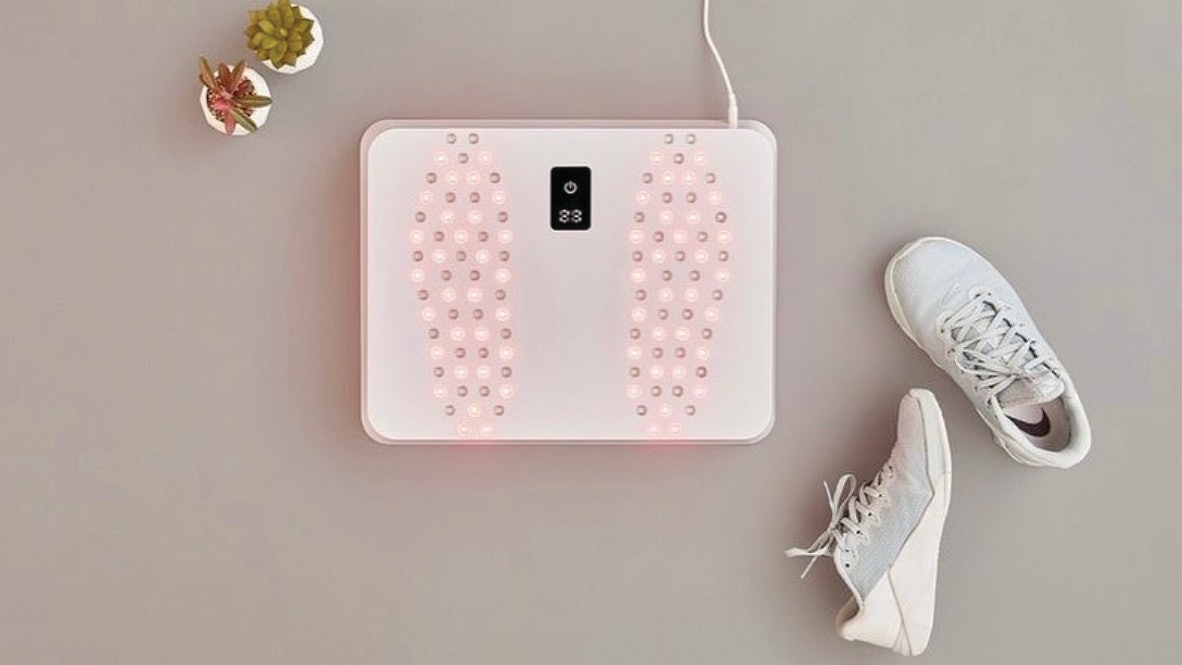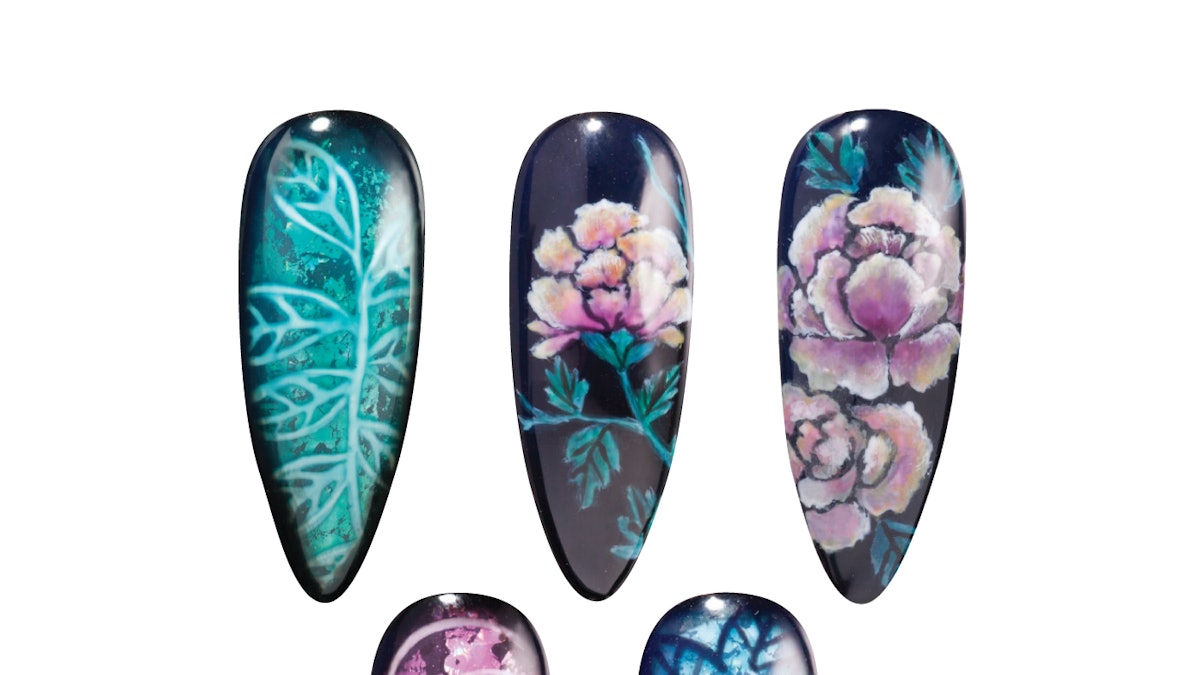Introduction
Every gel client knows of them and perhaps even fears them: heat spikes. But what are heat spikes, and why do they happen during gel nail application? In this article, we delve into the science behind heat spikes, their causes, and how both clients and nail technicians can effectively manage them.
What Are Heat Spikes?
Heat spikes occur during the curing process of gel nails. When a gel product is applied and exposed to a UV or LED light, a chemical reaction takes place that generates heat. This heat is usually managed and dissipated, but at times, it can spike, causing discomfort or even pain during the curing process.
Why Do Heat Spikes Occur?
Several factors contribute to the occurrence of heat spikes during gel nail treatments:
Chemical Reactions
The curing of gel nails involves an exothermic reaction, meaning it produces heat as the gel hardens. When the gel is thicker or when multiple layers are applied, the reaction can generate more heat than normal.
Type of Gel
Different gel products have varying formulations, which can affect the amount of heat generated during curing. Fast-curing gels may cause more pronounced heat spikes due to their rapid chemical reactions.
Environment Temperature
The ambient temperature of the salon can also influence heat spikes. In warmer environments, the gel is likely to cure faster and generate more heat, leading to discomfort for the client.
Application Technique
The technique employed by the nail technician can also impact heat spikes. For instance, applying gel too thickly or not properly allowing each layer to cure can lead to increased heat generation.
Identifying Heat Spikes
Clients may experience symptoms of heat spikes during the gel curing process:
Discomfort or Pain
One of the most noticeable signs of a heat spike is discomfort or a burning sensation. This may happen particularly during longer cure times or with thicker layers of gel.
Duration of Sensation
The burning sensation is usually temporary and fades once the curing process is completed. However, understanding this can alleviate client anxiety and enhance their overall experience.
How to Manage Heat Spikes
While heat spikes can be uncomfortable, there are several strategies to manage and mitigate them:
1. Work in Layers
Nail technicians should apply gel in thinner layers. This allows for a more controlled curing process and reduces the intensity of heat generated during the chemical reaction.
2. Use a Soak-off Gel
Choosing a soak-off gel can mitigate heat spikes as these gels often cure at lower temperatures. They are also easier to remove, making them a client favorite.
3. Cool Down the Lamp
Using a lamp with adjustable temperature settings can help in managing heat spikes. Some nail lamps offer ‘cool’ settings or options to decrease the heat output.
4. Client Awareness
Clients should be educated about heat spikes before beginning their gel treatment. Discussing sensations and setting expectations can help manage anxiety and improve comfort levels.
5. Breaks During Curing
Consider offering clients breaks during the curing process to relieve any heat buildup. Reducing the time in the lamp and allowing the gel to cool can make a significant difference.
Expert Insights
We spoke with three scientists and a veteran nail tech to gather insights on managing heat spikes:
Scientific Perspective
Experts emphasize that while heat spikes are a common occurrence, understanding their root cause can help in finding the right solutions. They recommend choosing high-quality gels that are designed to minimize heat generation.
Veteran Nail Tech Recommendations
A seasoned nail technician suggests that communication with the client is key. Being open about the process and asking for feedback during curing can significantly improve the client’s experience.
Conclusion
Heat spikes are a well-known phenomenon in the nail industry, particularly during gel nail treatments. By understanding what they are and how they occur, both clients and nail technicians can take effective measures to manage them, ensuring a positive and comfortable experience for everyone involved. Keep these tips in mind, and enjoy your gel nails without fear of discomfort.



